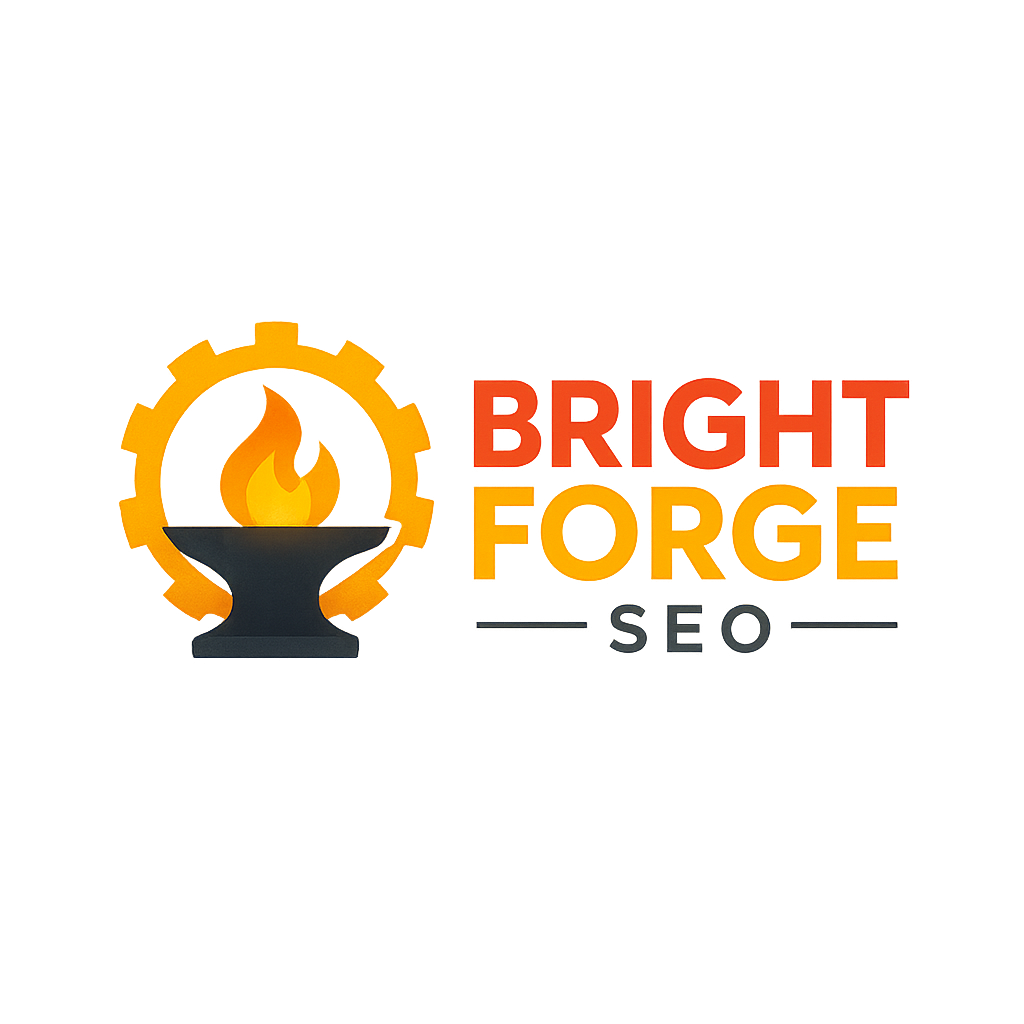Every business knows the importance of making a stellar first impression, and in the digital world, your title tags and meta descriptions are your first handshake with potential customers. Whether you’re a seasoned business owner or a budding start-up, these small snippets of text can make a world of difference. Let’s have a friendly chat about why these elements are essential, and how you can craft them to drive more clicks, boost your search engine rankings, and ultimately, fuel your business growth.
Why Your Snippets Matter
Imagine you’re walking past a shop with a brilliant window display. It instantly grabs your attention, right? In the online world, your title tags and meta descriptions serve a similar purpose. They are your chance to catch the eye of someone scrolling through search results and invite them into your website.
Your title tag is your digital handshake, and your meta description is the invitation that sparks curiosity and drives meaningful connections.
The Power of First Impressions
Every time your website appears on a search results page, it competes with hundreds of others. The title tag is like the headline of a newspaper article—it tells readers what they can expect. A well-crafted meta description, on the other hand, is like the subheading, offering a sneak peek of the benefits awaiting inside. Both need to be engaging enough to stand out amidst the noise.
Beyond Rankings: Attracting the Right Visitors
While search engines rely on title tags to understand your page content, the meta description plays a critical role in influencing click-through rates (CTR). Even if you have a high-ranking position, a dull or uninformative snippet can lead to missed opportunities. More clicks mean more potential customers exploring your services and eventually converting into loyal clients.
Crafting the Perfect Title Tag
Let’s get into the nuts and bolts of writing title tags that not only capture attention but also serve your SEO goals.
Keep It Crisp and Clear
Aim for a title tag length of around 40–55 characters. This is roughly the space available on desktop search results before text starts to get truncated. By sticking to this limit, you ensure your entire message is visible. Always prioritise key information at the beginning—think of it like leading with your best foot forward in a job interview.
Use Your Main Keyword Wisely
Identify the primary keyword that represents the content on the page. Integrate it naturally near the beginning of the title. For instance, if you’re discussing SEO strategies for small businesses, consider a title like “Effective SEO Strategies for Small Businesses – Bright Forge SEO.” This technique signals to both search engines and readers that your page is highly relevant to their needs.
Keep It Natural and Enticing
While it’s tempting to cram keywords into your title, a natural flow is key. Avoid repetitive phrases and ensure your title reads like a genuine invitation rather than a robotic sales pitch. Imagine explaining your service to a friend—this is the tone you want to achieve.
Personal Touches and Branding
Incorporate your brand name if it fits naturally into the title. For instance, “Affordable SEO Solutions for Your Business – Bright Forge SEO” can help build trust and brand recognition. However, make sure your primary keywords aren’t pushed to the end where they might get truncated.
Writing Meta Descriptions That Convert
While title tags are crucial for rankings, meta descriptions are your secret weapon for boosting CTR. Here’s how to craft them for maximum impact:
The Ideal Length
Aim for meta descriptions between 140–155 characters. This length strikes the perfect balance—long enough to be descriptive, yet concise enough to avoid truncation in search results. Think of it as a short pitch: you have just a couple of sentences to explain why someone should click your link.
Communicate Your Value Proposition
Your meta description should answer the question: “What’s in it for me?” Highlight the unique benefits of your content. For instance, if you offer actionable SEO tips that deliver quick results, make sure your description communicates that clearly. A description like “Discover quick and effective SEO tips to boost your business visibility. Get expert insights from Bright Forge SEO” works wonders.
Incorporate a Clear Call-to-Action
A gentle nudge can do wonders. Whether it’s “Learn more,” “Discover now,” or “Get in touch today,” a call-to-action (CTA) guides your reader on the next step. For example, “Boost your website traffic with our proven strategies – find out how at Bright Forge SEO” can prompt more clicks. Always ensure your CTA is aligned with the content of the page to maintain credibility.
Balancing Keywords and Readability
It’s important to include your primary keyword, but avoid the temptation to overstuff your description. Write naturally and ensure that every word adds value. Remember, you’re talking to a real person, not just search engines.
Real-World Examples and Personal Insights
I remember when I first started working in SEO, I used to think that cramming as many keywords as possible was the secret to success. It wasn’t until I shifted my focus towards writing engaging, natural content that I saw real improvements in click-through rates. Consider a small local business I once assisted: they were struggling with a generic title like “Home – Our Services.” Once we revamped it to “Local SEO Services for Small Businesses – Expert Solutions by Bright Forge SEO,” their CTR skyrocketed. It was a simple change, but it made all the difference.
A Personal Anecdote
Imagine planning a holiday—what’s the first thing you do? You might search for the best deals or read enticing reviews. Now, think of your title tag as that irresistible travel ad. It’s what convinces you to click on a particular offer. I’ve seen businesses transform their online presence simply by rethinking their snippets. It’s about connecting on a personal level and making your audience feel understood.
Advanced Tips for Continuous Improvement
Optimisation isn’t a one-off task. The digital landscape evolves, and so should your strategies. Here are some advanced tips to keep your title tags and meta descriptions in tip-top shape:
Regular Audits and Updates
It’s essential to periodically review your website’s performance. Tools like Google Search Console provide insights into which pages are performing well and which ones might need a refresh. If you notice that a page is getting a lot of impressions but low clicks, it might be time to revisit and revise its title tag or meta description.
A/B Testing Your Snippets
Consider conducting A/B tests to determine which version of your title or meta description resonates best with your audience. You can experiment with different power words, CTAs, and even keyword placements. Small tweaks can lead to significant improvements in CTR, and over time, these incremental changes add up.
Learning from Competitors
Take a look at your competitors’ search snippets. What language do they use? How do they present their value proposition? While you should never copy their content, these observations can provide inspiration for how to refine your own approach. Remember, your goal is to be unique and stand out.
Stay Updated on SEO Trends
SEO is an ever-changing field. What worked last year might not be as effective today. Stay informed about the latest trends and algorithm updates. Engage in industry discussions, attend webinars, and read up on the newest best practices. At Bright Forge SEO, we pride ourselves on keeping ahead of the curve, ensuring our strategies are always fresh and effective.
How to Measure Success and Adapt
No strategy is complete without a way to measure its success. Here are some practical ways to track the performance of your title tags and meta descriptions:
Monitoring Click-Through Rates
Keep an eye on your CTR via tools like Google Search Console. Look for patterns and trends—if a particular page shows a low CTR despite ranking well, it’s a sign that your snippet might need some tweaking.
Analysing Engagement Metrics
Beyond CTR, consider how users interact with your page once they click through. Bounce rates, average session durations, and conversion rates can all provide valuable insights into whether your title tag and meta description are setting the right expectations.
Feedback and Iterative Improvements
The best strategy is always open to refinement. Encourage feedback from your team, or even from your audience if appropriate. Experiment with iterative improvements—change one element at a time and see what impact it has. Over time, this data-driven approach will help you create the perfect balance between SEO optimisation and engaging copy.
Integrating with Your Overall SEO Strategy
While title tags and meta descriptions are incredibly important, they are just one part of your overall SEO strategy. Integrate them with other elements of your content marketing efforts for the best results.
Consistent Brand Messaging
Ensure that the language and tone you use in your snippets align with your broader brand message. Whether you’re describing your services, products, or blog content, consistency is key. At Bright Forge SEO, we believe that every piece of content should tell a cohesive story—one that resonates with our audience and builds trust over time.
Cross-Page Synergies
Consider how your title tags and meta descriptions fit into your website as a whole. Internal linking is a powerful tool not just for SEO but also for creating a seamless user experience. For instance, if you’re discussing SEO strategies, you might recommend checking out our comprehensive SEO services in the Philippines for expert assistance. Similarly, if a reader has any questions or is interested in personalised advice, they can easily get in touch via our contact page.
Leveraging Other Content Formats
Your snippets should complement other forms of content on your site. Whether it’s in-depth blog posts, detailed service pages, or case studies, every element of your website should work together to create a cohesive narrative. This holistic approach not only helps with SEO but also enhances the overall user experience.
A Few Final Thoughts
Crafting compelling title tags and meta descriptions is an art as much as it is a science. It requires a delicate balance between keyword optimisation, engaging copy, and honest reflection of your content. Think of it as writing a short yet persuasive message that invites your reader on a journey—one that starts with a click and potentially leads to a lasting relationship.
Real-World Impact
I’ve witnessed firsthand how a few well-chosen words can transform a page’s performance. A small business that once struggled with low engagement saw a marked improvement after reworking its search snippets. It’s a powerful reminder that sometimes, the smallest tweaks can have the biggest impact.
Continuous Learning
The world of SEO is dynamic. What works today might need a refresh tomorrow. Stay curious, experiment with new ideas, and don’t be afraid to adjust your strategy based on what the data tells you. With a commitment to continuous improvement, you can ensure that your website remains at the forefront of search engine results.
Final Tip
Before you publish any changes, take a moment to preview your title tags and meta descriptions as they’ll appear in search results. Several online tools can help you see how your snippets look on desktop and mobile devices, ensuring that your message is clear and enticing across all platforms.
At Bright Forge SEO, we’re here to support you on every step of your SEO journey. Whether you need help crafting the perfect search snippet or want to delve deeper into our full range of SEO services, feel free to reach out via our contact page.
Optimising title tags and meta descriptions might seem like a small detail, but when done right, it sets the stage for increased visibility, improved CTR, and overall better engagement. By focusing on clear, natural language and leveraging the latest SEO insights, you’re well on your way to capturing more of that coveted top-10 SERP spot.
Happy optimising, and here’s to making every word count!


